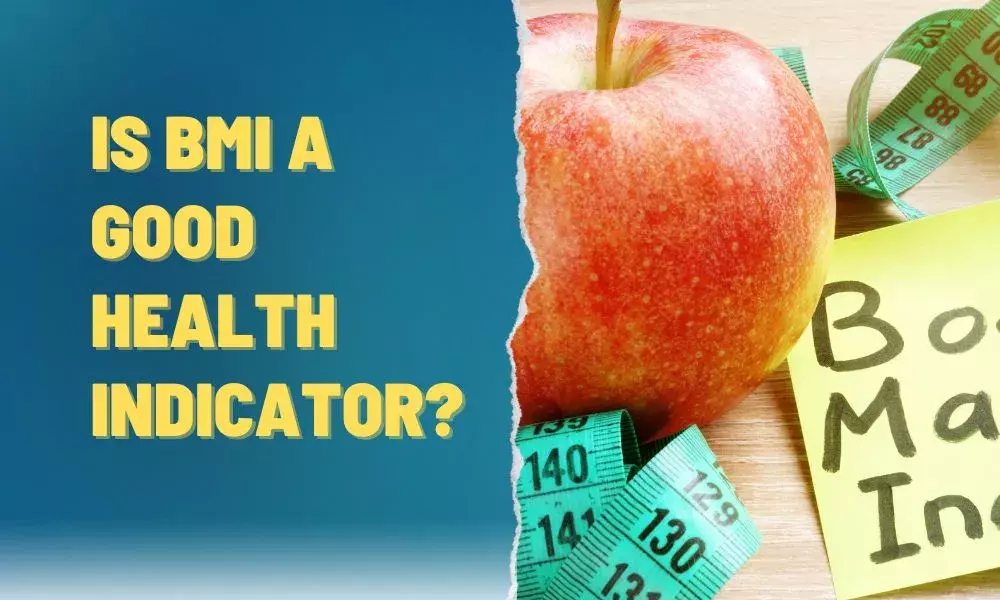Ankylosing spondylitis is a kind of arthritis that causes inflammation in the joints and ligaments of the spine. According to experts, this condition also affects peripheral joints like our knees, ankles, and hips. However, ankylosing spondylitis often gets misunderstood as back pain.
Doctors say it is hard to diagnose ankylosing spondylitis based only on back pain because it is a common condition. Even though many people persist in looking for answers for their chronic back pain, some may ignore it, not realizing it may be a sign of a more serious condition.
A few ways to get mistaken for simple backache are:
The initial signs of ankylosing spondylitis, such as pain and stiffness in the lower back and hips, especially in the morning or after periods of inactivity, closely mirror those of more common and less severe back problems. This similarity can make it difficult for individuals and sometimes even healthcare professionals to recognize ankylosing spondylitis in its early stages.
Gradual Onset
Ankylosing spondylitis develops gradually over months or even years, and its slow onset means that you can even attribute the symptoms to minor injuries, strains, or part of a natural aging process rather than an underlying systemic condition.
Lack of awareness
Basically, there is a general lack of awareness about ankylosing spondylitis among the public and sometimes within the primary healthcare setting. The severity and pattern of symptoms may vary greatly among individuals with ankylosing spondylitis. Many people may experience mild discomfort while others suffer from intense pain and significant mobility restrictions, which leads to under-diagnosis.
Ankylosing spondylitis Causes
-
It may be genetic and environmental
-
Ankylosing spondylitis is linked to a gene called HLA-B27
-
Exposure to a trigger, like a virus or bacteria, may cause ankylosing spondylitis in people with certain genes
Common Back pain Causes
-
Muscle strain, injury, spinal fractures, sprain
-
Osteoarthritis
-
Degenerative disc disease
-
Poor posture
-
Certain medical conditions
Age of onset Ankylosing spondylitis
Since ankylosing spondylitis often begins in late adolescence or early adulthood, symptoms might initially be attributed to posture issues, sports injuries, or even musculoskeletal strains common in younger individuals.
Signs and symptoms of Ankylosing spondylitis
People with ankylosing spondylitis experience a unique combination of symptoms. A few of the painful ones are:
-
Hip pain
-
Neck pain
-
Stomachache
-
Stiffness in hips and lower back
-
Fatigue and tiredness
-
Breathlessness
-
Losing your appetite
-
Diarrhea
-
Skin rashes
-
Vision problems
Ways to treat AS
In the early stages of ankylosing spondylitis, X-rays may not necessarily show characteristic changes in the spine and sacroiliac joints. Advanced imaging techniques like MRI are more sensitive in detecting early signs of the condition but might not be used initially in patients presenting with common back pain symptoms.
According to experts, the initial stages of the treatment should focus on maintaining flexibility and mobility of the spine. Rest and putting restrictions on patients may worsen the condition. Yoga, swimming, and daily exercises help, apart from taking anti-inflammatory drugs.
A few other ways include:
-
Regular exercise
-
Taking Physiotherapy
-
Anti-rheumatic drugs
-
Corticosteroids
-
Corrective Surgery
Since ankylosing spondylitis and back pain may initially appear to be the same. However, ankylosing spondylitis may impact the mobility of a person to a great extent, and therefore, one should not delay in consulting a specialist and initiating the treatment.
FAQ on Ankylosing Spondylitis
Is back pain a symptom of spondylitis?
Yes, back pain is a primary symptom of spondylitis, specifically ankylosing spondylitis, which is characterized by chronic lower back pain and stiffness, often worse in the morning and after long periods of inactivity.
What can be mistaken for spondylitis?
Many conditions can be mistaken for spondylitis, like arthritis, chronic back pain, and fibromyalgia.





